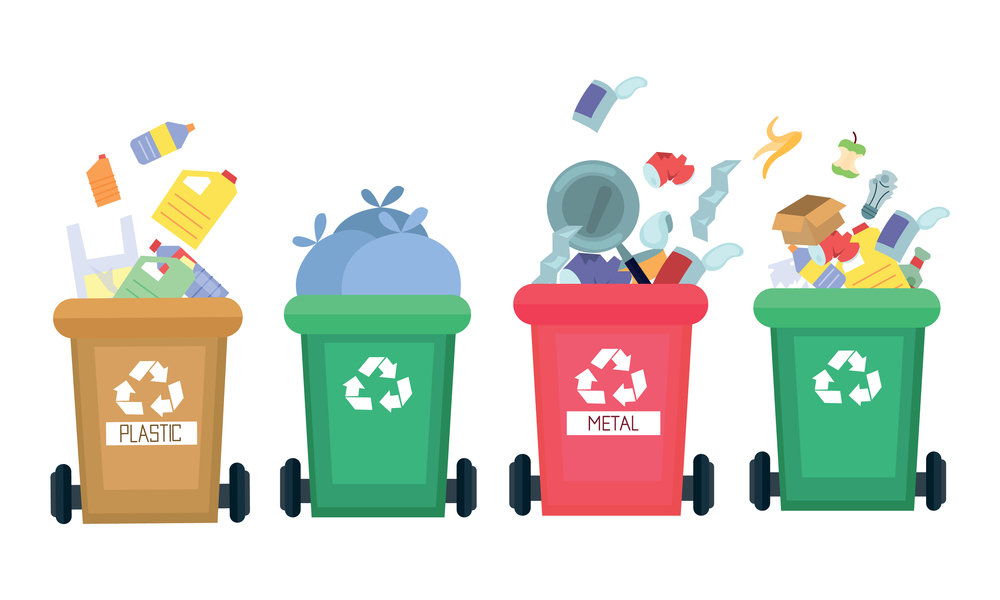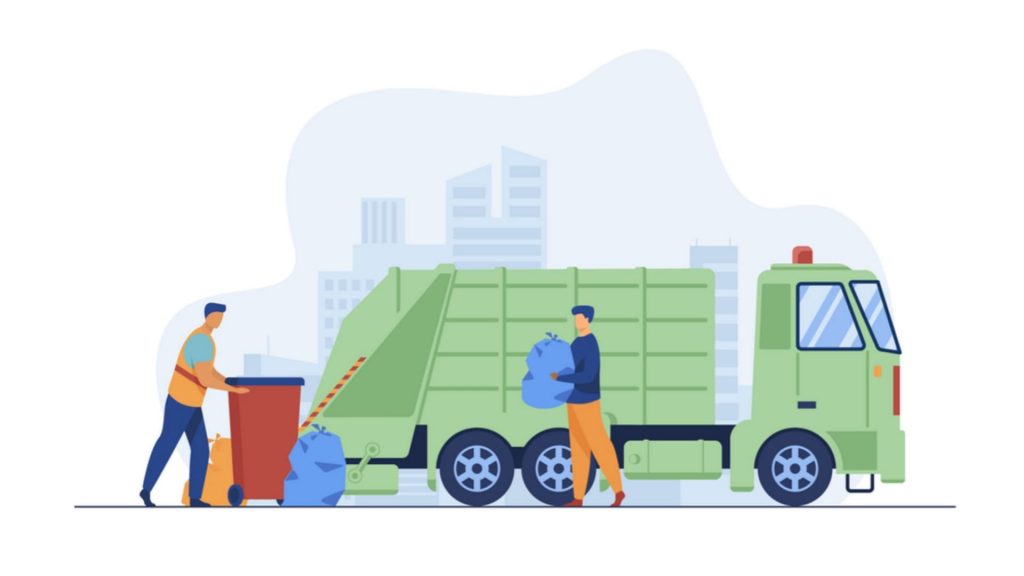Pharmaceutical industry generates a lot of waste during the manufacturing and testing of drugs. It is important to ensure that this waste is appropriately treated to prevent it from polluting the environment.
According to the provisions of cGMP under Schedule M of the Drugs & Cosmetics Act.
1. Sewage and effluents from a pharmaceutical manufacturing unit must conform with regulations of the Environment Pollution Control Board.
2. All bio-medical waste destruction should proceed in keeping with the provisions of the Bio-Medical Waste (Management and Handling) Rules, 1996.
3. Rejected drugs must be stored and disposed of with extra care to prevent them from getting mixed up with stock meant for distribution.
4. Waste disposal records shall be maintained.
5. Materials awaiting disposal must be stored in a safe way to avoid their misuse, and also to prevent any cross-contamination or mixups.

Types of Pharmaceutical Waste
Waste in the pharmaceutical industry may be of different types, and it generally falls into the following categories:
1. Hazardous wastes
2. Non-hazardous wastes
3. Inert substances
4. Biomedical wastes
(a) Hazardous wastes: As the name indicates, these are wastes that are potentially dangerous to human health or the environment. They may be solids, liquids, gas-containing, or sludgy. Such waste contains chemical products that may be ignitable (example-inflammable organic solvents), corrosive (example-strong acids and alkalis), reactive (example-fumes, gases), and toxic (example-heavy metals).
(b) Non-hazardous wastes: These are materials that do not present a significant hazard at the levels in which they are present.
(c) Inert substances: These are materials that do not have any therapeutic effect, but they are used for supportive nutrition, for example, dextrose or sodium chloride solutions. They may however become mixed with other chemicals and therefore, have to be checked for hazardous properties before further disposal.
(d) Biomedical wastes: These are wastes generated during treatment or diagnosis of human beings or animals, or during biological material production and testing. Hospital waste is a major example of this type.
Disposal of Pharmaceutical Waste
Several methods of disposal may be used in pharmaceutical waste management.
1. Incineration or thermal treatment: In this method, solid organic waste materials are incinerated or burnt to convert them into gaseous products and a solid residue in the form of ash. This is one of the most effective methods and can be used for the disposal of solid, liquid as well as gaseous wastes. While there are mixed opinions on its dangers such as the emission of polluting gases, it is certainly one of the best ways to dispose of hazardous wastes such as biomedical waste.
This method is unsuitable for wastes that are highly reactive chemicals containing halogens, halogenated plastics, mercury, pressurized gases, and radiographic waste.
The ash produced after incineration must be disposed of in a secure landfill. There must be arrangements to prevent gases produced during the combustion process from causing air pollution.
2. Chemical disinfection: This method involves treating waste materials with some chemicals that will inactivate the chemicals or biological materials that may be present in liquid waste. The effectiveness of the process depends on the type of chemical used, its concentration, and the nature of contact between the disinfectant material and the wastes.
3. Microwaving: Microwaving involves the use of microwave radiation and can destroy the infectious materials in biomedical waste. It is advantageous because the electricity requirement is less; steam is not needed either. However, it is not very suitable for pharmaceutical waste. Also, waste must be shredded before microwaving to allow the radiation to come into contact with the waste material.
4. Autoclaving: Here, saturated steam is passed through the waste in the autoclave for a duration and at a temperature sufficient to destroy pathogens. This is most commonly used for biomedical waste disposal and also waste generated from the microbiological testing laboratory. The waste produced after autoclaving must be disposed of by landfilling. Autoclaving is not the best method for chemical or pharmaceutical waste.
5. Secure landfilling: Here, the wastes are disposed of by burying in a landfill that has been designed to contain hazardous wastes. Unless properly designed and operated, the landfill may lead to liquid leaching into the groundwater, attraction of vermin, and other such problems. It is also important to have gas extraction systems in the landfills to remove the carbon dioxide and methane that get produced by the anaerobic breakdown of waste.
6. Deep burial: In this method, waste is buried in deep pits or trenches that are at least 2 meters deep. One must ensure the soil is impermeable in these areas, and that there are no shallow wells in the area to avoid the risk of water contamination. Half the pit is covered with biomedical waste, and the rest is filled with lime, stopping 50 cm below the ground surface. The final layer of the pit is made up of soil to cover the waste. Such burial should be done only in areas that are not prone to flooding.
7. Waste encapsulation – immobilization: Encapsulation of waste involves making waste immobile in the form of a solid block contained within a steel or plastic drum. Clean drums are filled to 75% of their capacity with waste; the remaining space is filled with either cement or lime-cement mix or bituminous sand or plastic foam. The drum is then sealed and placed at the bottom of a landfill and fresh solid waste is covered on top of it.
8. Waste immobilization – Inertization: Inertization involves grinding pharmaceutical products after removing them from the packing materials. The ground product is mixed with cement, water, and lime and made into a paste. This paste is transported to a landfill and poured into normal waste where it sets as a solid mass.
9. Sewer treatment: Liquid drug products can be largely diluted by mixing with water and flushed down the sewer very slowly in small quantities. Small quantities of very diluted medicines may be flushed down fast-flowing water bodies too.

Effluent Treatment of Pharmaceutical Waste
Pharmaceutical wastewater usually contains active pharmaceutical ingredients, excipients, solvents, chemicals, grease, and oil. It must be therefore treated in the right way to remove the toxic materials and avoid pollution of groundwater or other water bodies in the area.
An effluent treatment plant consists of the following mode of treatment:
1. Preliminary treatment through filters to remove particulate matter and floating solids, and allow only wastewater to enter the collection tank.
2. Aeration of collected water which then flows to neutralization tank.
3. Adjustment of pH of the water to a neutral level (pH 6 to 7) by adding lime or aluminum bisulfate, and then water is pumped into the settling tank.
4. Flocculation and coagulation are achieved by the addition of alum and polyelectrolyte solutions with continuous aeration. Coagulated material in the form of sludge settles at the bottom of the tank, and effluent is sent to the septic tank.
5. Addition of nutrients to the septic tank to promote the growth of bacteria that will bring about biological degradation of organic materials present in the effluent. Sludge produced is again separated and effluent is sent to an activated carbon filter to remove any coloring matter.
6. Clear, treated wastewater that is obtained may be used for irrigation of plants on the premises.
Make sure you also check our other amazing Article on : Complaint Handling